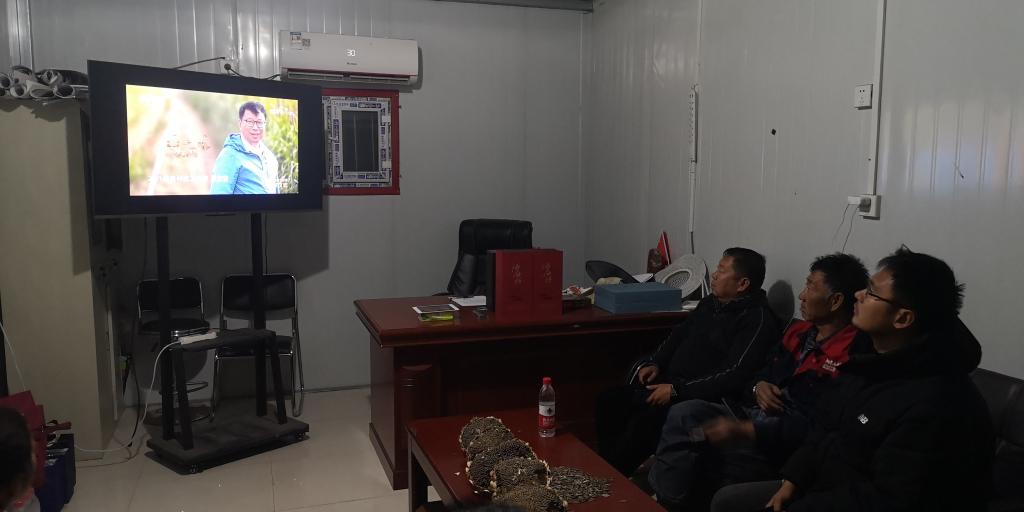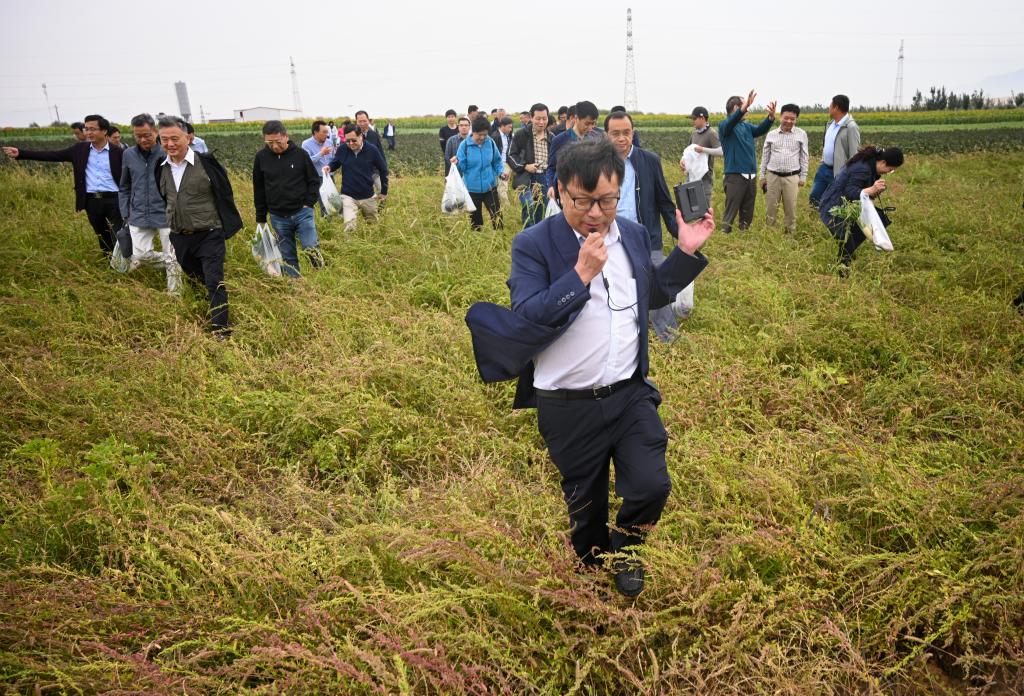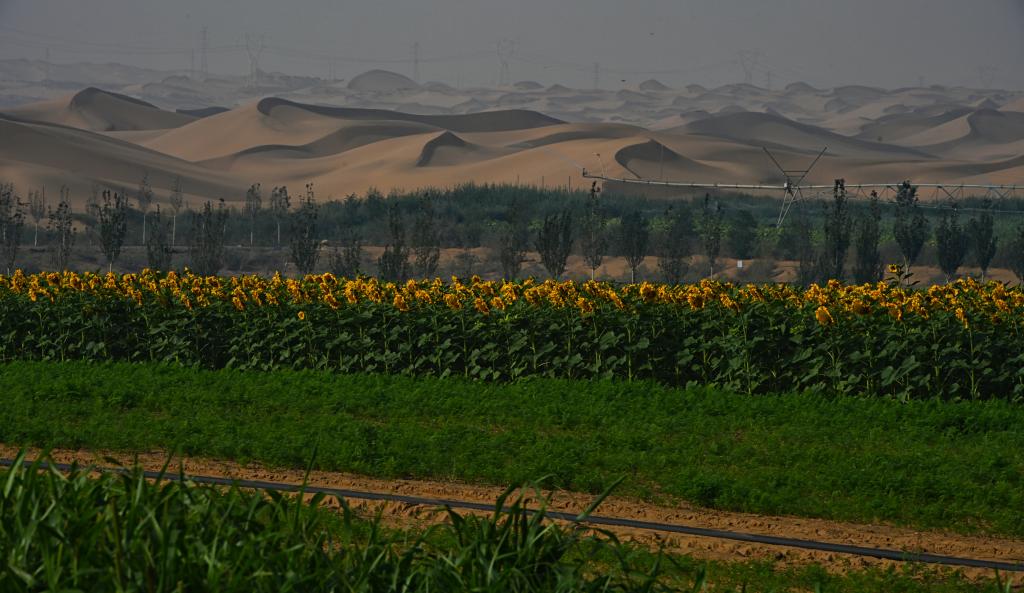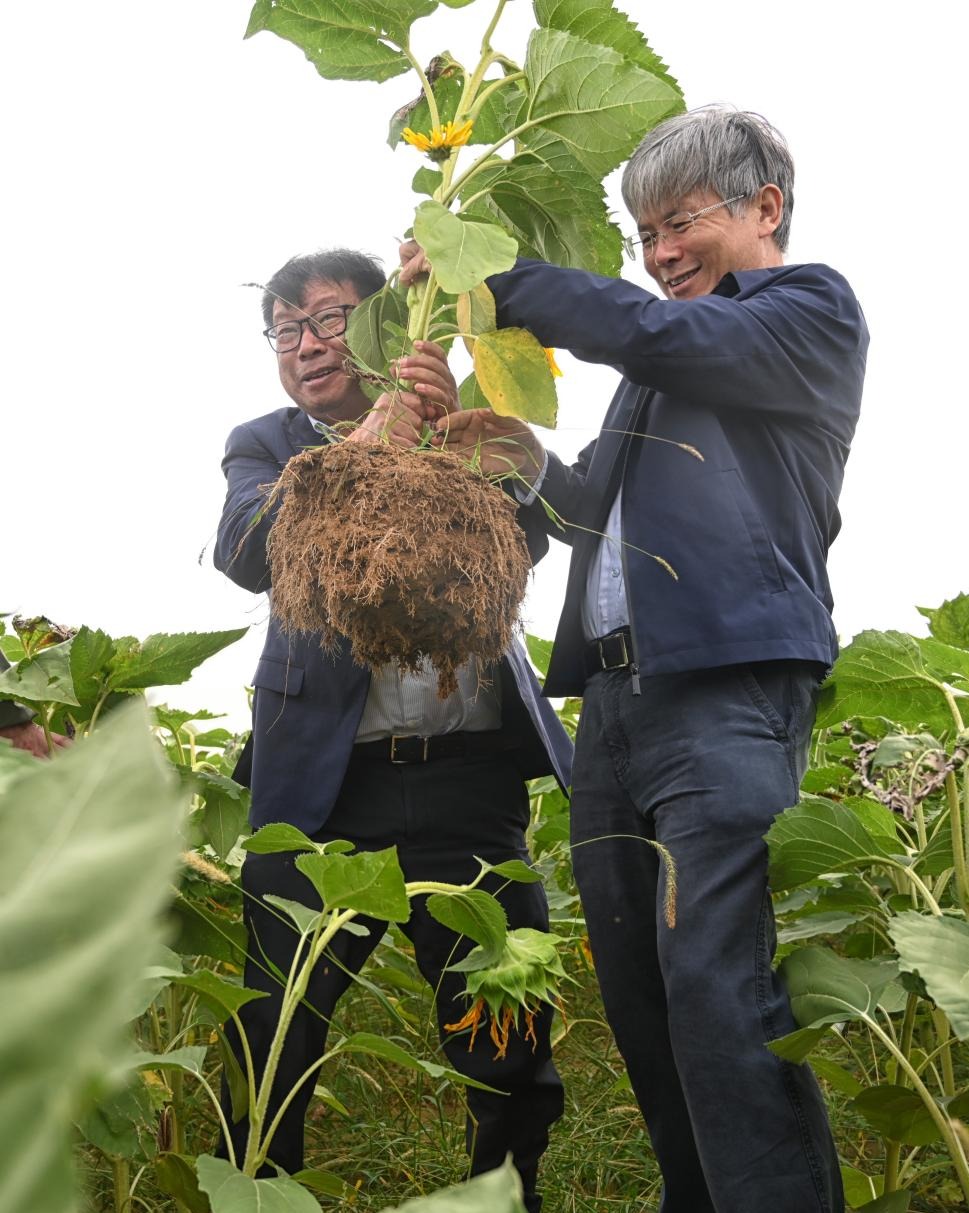Updated: November 5, 2021

Professor Yi Zhijian from CQJTU awarded the Most Beautiful Sci-Tech Personnel of 2021. [Photo/Chongqing Jiaotong University]
On the evening of November 5th, the award ceremony for the 2021 “Most Beautiful Sci-Tech Personnel” was broadcast on CCTV’s Science and Education Channel. Ten distinguished scientists and technologists were honored for their dedication, hard work, and innovative contributions. Among the recipients was Professor Yi Zhijian from Chongqing Jiaotong University. Now 58, Professor Yi has spent years pioneering desertification control through mechanics. Under his leadership, his team has successfully cultivated more than 17,000 acres of “oasis” in deserts across Inner Mongolia, Xinjiang, the Middle East, and the Sahara.
The “Most Beautiful Sci-Tech Personnel” selection was organized by six departments: the Publicity Department of the CPC Central Committee, the China Association for Science and Technology (CAST), the Ministry of Science and Technology, the Chinese Academy of Sciences (CAS), the Chinese Academy of Engineering (CAE), and the State Administration of Science, Technology, and Industry for National Defense (SASTIND). Since 2018, ten outstanding individuals have been selected annually to highlight the value of labor, knowledge, talent, and creativity. This year’s award recipients were Ma Yu, Mao Xianqun, Feng Yibai, Zhuang Wenying, Liu Jiafu, Li Deren, Wu Zunyou, Sha Guohe, Yi Zhijian, and Zhao Chunsheng.

Scientific research managers and staff at the Desert Soilization Technology Experimental Site in Inner Mongolia were watching the 2021 “Most Beautiful Sci-Tech Personnel” award ceremony together.
Combating desertification has long been a global challenge. In 2008, Professor Yi Zhijian began investigating how to impart soil-like properties to desert sand from a mechanical perspective. Several years later, he led his team in developing a carboxymethyl cellulose-based material—an environmentally friendly substance. When mixed with water and sand, this material gives the sand eco-mechanical properties similar to soil. The sand-turned soil transforms into mud when wet and solidifies when dry, and exhibits strong capacity to retain water and nutrients, thus providing a sustainable medium for plant growth.

On September 18, 2021, at the pilot research site for desert soilization in the Ulan Buh Desert, Inner Mongolia, Professor Yi Zhijian explained to experts at the project evaluation meeting on the “Ecological Restoration through Application of Desert Soilization Technology.” [Photo/Wan Nan, Visual Chongqing]
In 2016, the team began applying the “Desert Soilization” technology in the Ulan Buh Desert of Inner Mongolia. Since then, they have achieved significant success in the Ulan Buh Desert and other regions. Notably, Professor Yi led his team to develop an innovative desertification control method through ecological industry. Over 70 types of crops, including radishes, sorghum, pennisetum, tomatoes, and eggplants, have been cultivated at the soilization site. Among these, the radish yield surpassed 195,000 kilograms per hectare, and the sorghum yield reached 11,835 kilograms per hectare—both exceeding the national average.

After five years of experimental planting, the pilot research site for desert soilization in the Ullan Buh Desert, Inner Monolia, has been transfermed into a lush green "gem" .[Photo/Wan Nan, Visual Chongqing]
“Engaging with deserts through mechanics has been the honor of my life,” said Professor Yi. According to the third national land resource survey, China’s arable land spans 127.87 million hectares, while the desertified land covers 196.67 million hectares—18% of the country’s total land area. If the “Desert Soilization” technology were applied to just 1% of China’s desertified land, it could create 1.93 million hectares of usable land.

On September 18, at the pilot research site for desert soilization in the Ulan Buh Desert, Inner Mongolia, Professor Yi Zhijian (left) and Academician Li Shucai carefully uprooted a sunflower from the sand to check its roots. [Photo/Wan Nan, Visual Chongqing]
Teachers and researchers from many universities and institutes have highlighted that Professor Yi’s breakthrough in unlocking the process of “turning sand into soil”. Yi has contributed valuable insights from Chongqing to China’s ecological civilization efforts, offering a novel solution to global desertification control.